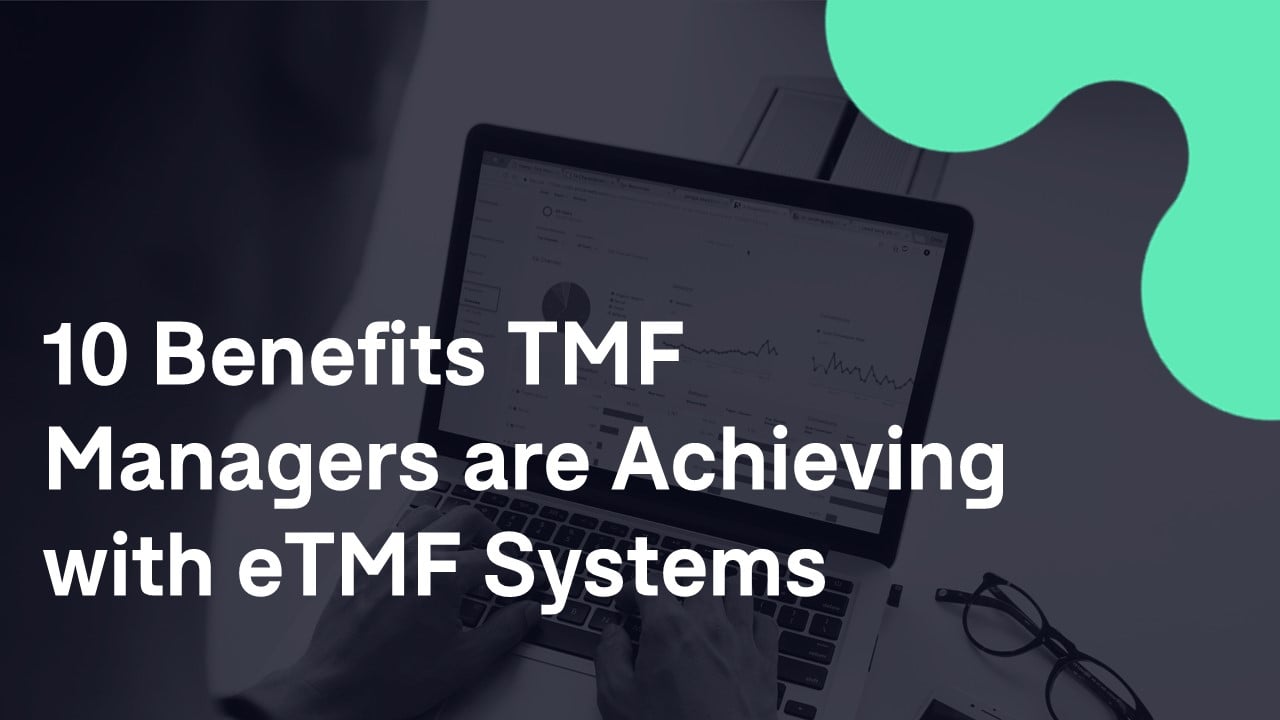
Read an industry publication or scan your LinkedIn feed for a few minutes and you’ll see countless articles providing a solid business case on the benefits and reasons for implementing an EDMS in the life sciences. We even waged in on the topic early last year.
However, we struggled to find articles that highlighted some of the pains that life science organizations are facing when managing documents and processes on paper. As much as we enjoy reading posts promoting the use of electronic tools, I think it’s important to take note of some of the key problems that paper-based systems bring, and the struggles that they face.
1. Getting forms and documents can be slow
For example, during a clinical trial, there can be hundreds of different consent and result in forms that have to be mailed and faxed to each of the sites every day. The wait time for documents and paper-based forms to reach these sites can be days and even weeks depending on size and location.
If you’re unlucky enough to lose the information or have information missing, the process starts all over again creating an ongoing lag in operations. Then you have to have all of the documents manually signed and mailed back again.
Take a doctors’ office for instance, the entire wall is filled with paper files with an established routine of pulling and re-filing patient charts. A study from Price Waterhouse shows that even in these highly organized paper-based systems it takes an average of 6 minutes to pull and re-file a chart.
2. Managing paper is expensive
As per the same study, it’s estimated that the average cost of processing a paper document can be in excess of $6.00 per document. This is not taking into account the cost of sending these documents from site to site, for multiple rounds of review and signature.
Moreover, the entire process of managing paper becomes very cumbersome when you start to factor in the time and labor required to handle the printing, distribution, collection, processing, and storage of those papers. Creating endless headaches and dwindling budgets.
Research from Price Waterhouse shows some interesting figures on the time and money spend on paper in today’s typical organization:
- Of all the pages that get handled each day in the average office, 90% are merely shuffled.
- The average document gets copied 19 times.
- On average, US Companies spend $20 in labor to file a document, $120 in labor to find a misfiled document and $220 in labor to reproduce a lost document.
- 5% of all documents get lost, 3% of the remainder get misfiled.
- Professionals spend 5-15% of their time reading information, but up to 50% looking for it.
- There are over 4 trillion paper documents in the US alone – growing at a rate of 22% per year.
If you’re looking to understand how much your paper-based system could be costing you, here’s a really helpful calculator.
3. Full of errors
One of the biggest problems that life science organizations face is documentation errors. Successful R&D and product development are heavily dependent on the accuracy, completeness of results, and compliance with regulations.
If documents are manually authored and filled out on paper, this leaves the entire system open to potential typos, mistypes, and incorrect information being captured. Transcription errors can render test results void from entire segments of participants, or worse still, bring an entire clinical trial to a standstill.
4. Security and confidentiality issues
Information that is being transmitted via copy machines and fax machines can be easily retrieved and compromised before you even realize. Even if we take the physical paper file example, documents can easily be misplaced or lost. Furthermore, highly confidential information can be left for all to see on an employee’s desk.
5. Compliance risks
Remaining compliant is one of the most critical operational elements of any life science organization. Failure to comply with FDA, EMA or other regulations could prove costly. Often, due to the sheer volume of paper that is created, it can be difficult to track how complete each document is and if all of the appropriate signatures have been collected.
With paper, it becomes increasingly difficult to understand your entire document landscape and possible routes to efficiencies.
6. Storage & availability
Once documents are authored and filed they need to be made accessible and readily available for reference at any time.
Deciding where all of your paper forms, templates and general documents are stored is one thing, but devising a system that enables these files to be accessed by your team without creating a company meltdown is extremely problematic. Especially when you add in the possibility of data and documents being located in different rooms, buildings or geographic locations, standardizing formats and centralizing templates is almost impossible.
The Takeaway
The entire lifecycle of paper documents has become a slow, stagnant and costly process. It is painfully inefficient, prone to errors and leaves us open to possible security issues and non-compliance problems. Trying to eliminate paper from its source will allow your organization to start living the advantages of electronic content management.
However, saying goodbye to paper altogether in one fell swoop isn’t always easy, nor the smartest idea. A smooth transition and phase out of paper to electronic tools can be achieved with proper planning, intelligent technology, and the right partners. Don’t wait until 2020 to relieve some of that paper stress on your organization, start your journey today!
















